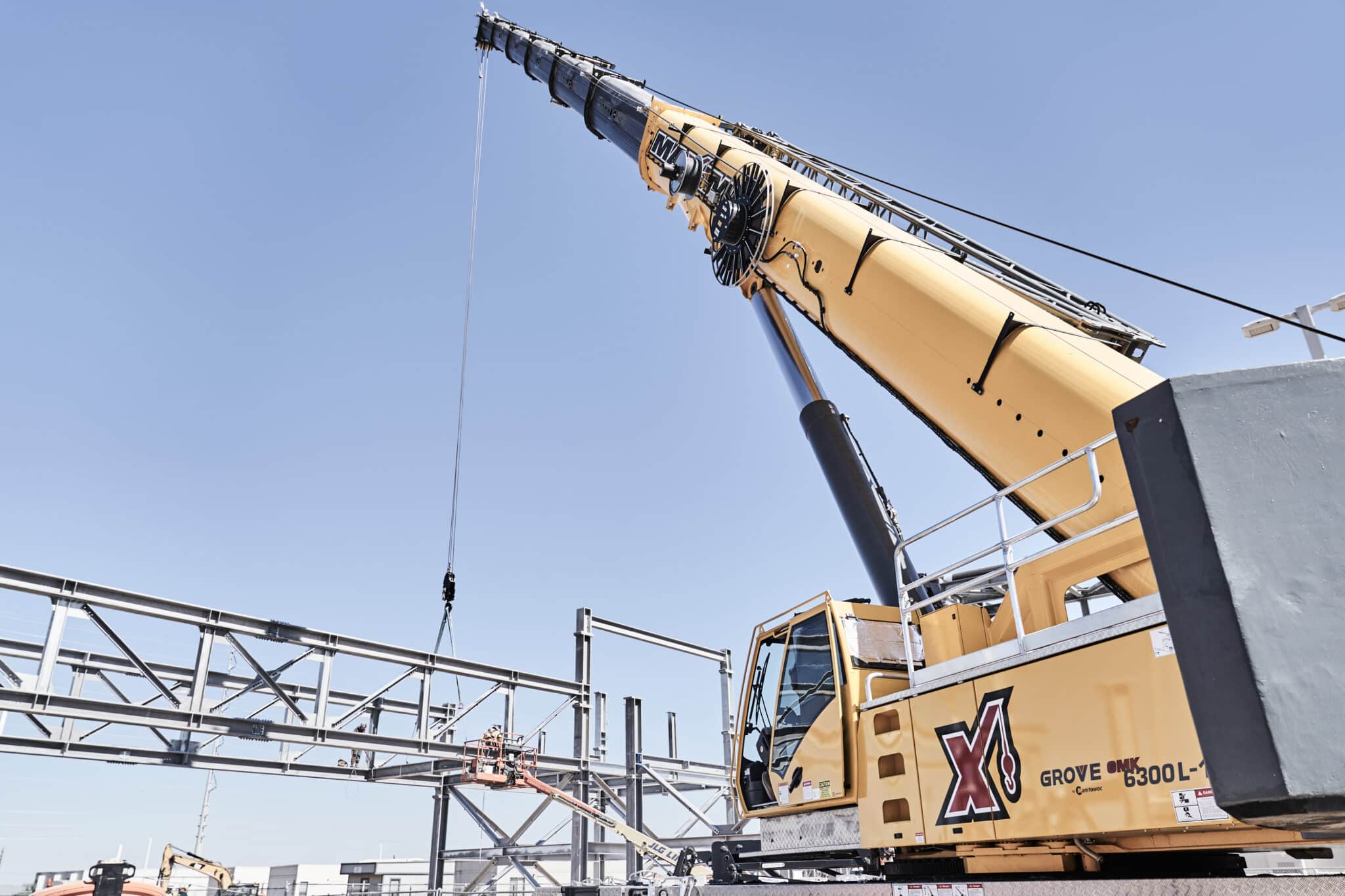Constructing a hospital or medical facility presents a unique constellation of challenges that call for precision, compliance, and minimal disruption to vital services. Crane rentals play a pivotal role in efficiently and securely lifting heavy materials, equipment, and machinery during the construction process.
Selecting the correct type of crane for medical facility construction is of utmost importance. Each type of crane has its own unique features and advantages, which can greatly impact the project’s overall success. The appropriate crane choice helps ensure that construction tasks are completed efficiently, safely, and within the designated time frame.
In this blog, we will explore three factors to consider when renting cranes for these commercial construction projects. We’ll also discuss 3 common types of crane rentals used in medical facility construction: tower cranes, all-terrain cranes, and crawler cranes. Understanding the benefits and applications of each type will help project managers, contractors, and engineers make informed decisions when selecting equipment for their specific needs.
Unique Challenges in Hospital and Medical Facility Construction
Hospital and medical facility construction projects come with a set of unique challenges that require meticulous planning and execution. Construction in these environments must prioritize precision and safety due to the sensitive nature of healthcare operations.
Additionally, these projects must adhere to strict building codes and healthcare regulations, which can be significantly more rigorous than those for other types of construction. Compliance is non-negotiable, as it is important for the safety and wellbeing of future occupants.
Moreover, minimizing disruption to ongoing medical services is a paramount concern. Contractors must devise strategies to make sure construction activities do not interfere with the critical operations of a functioning medical facility, which often operates 24/7.
The Role of Cranes in Medical Facility and Hospital Construction
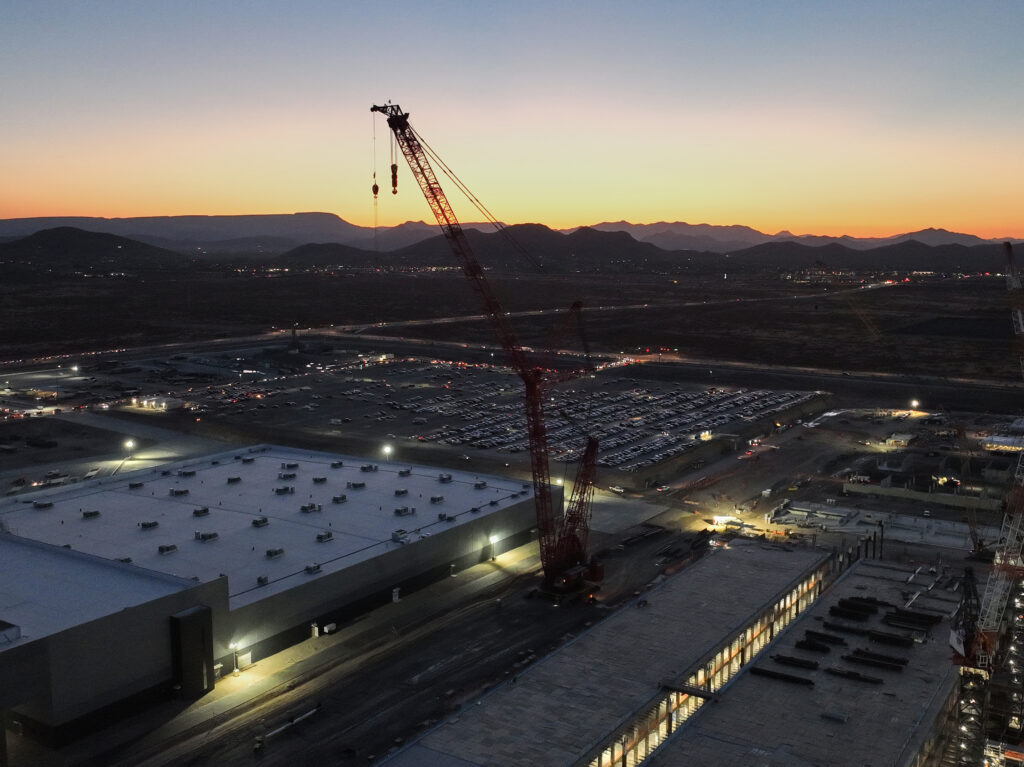
Cranes are instrumental in commercial construction projects for heavy lifting, transporting building materials, and ensuring safety.
One of the primary reasons cranes are indispensable in medical facility and hospital construction projects is their ability to lift and maneuver heavy objects with precision. Hospitals often require the installation of large, bulky equipment such as MRI machines, CT scanners, and X-ray machines, which can weigh several tons. Cranes provide the necessary strength and stability to safely lift and position these delicate pieces of equipment, ensuring a seamless installation process.
Moreover, cranes are essential for efficiently transporting building materials during the construction of medical facilities. From steel beams and concrete panels to roofing materials and HVAC systems, cranes can swiftly move these heavy items to the respective floors, eliminating the need for manual labor or multiple workers to carry them. This enhances productivity, saves time, and reduces the risk of potential injuries.
Factors to Consider When Renting Cranes for Medical Facility and Hospital Construction
Assessing the project requirements is vital to determine the appropriate crane size, capacity, features, and certifications needed. Renting a crane that meets these project specifications ensures efficient and safe operations on the construction site. Working with a crane rental company that helps you plan for these project needs will give you peace of mind and mitigate potential risks during the construction process.
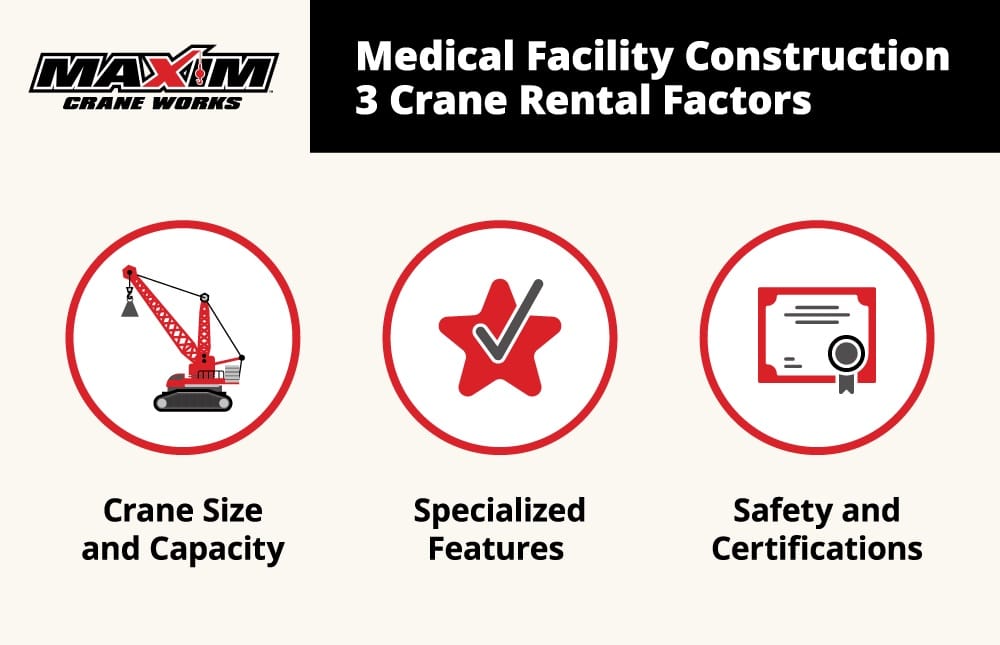

1. Crane Size and Capacity
When renting a crane for a medical facility or hospital construction project, it is crucial to consider the size and capacity of the crane based on the specific requirements of the project. Hospitals typically have complex designs and a wide range of construction needs, such as erecting structural components, lifting heavy equipment, and transporting materials to different heights.
Factors such as the building’s height, weight of the materials to be lifted, and reach requirements should all be taken into account.
2. Specialized Features
Medical facilities and hospitals often have unique requirements that necessitate specialized features in cranes. Precision in crane movements is crucial when working in tight spaces within the hospital project, such as placing delicate medical equipment or positioning structural elements accurately.
Furthermore, hospitals may require cranes with enhanced maneuverability to navigate through tight spaces, corners, and other challenging areas of the construction site. This allows for greater flexibility and efficiency during the construction process.
3. Safety Considerations and Certifications
Safety should always be a top priority when renting cranes for any construction project, especially in the context of medical facilities and hospitals. It is crucial to work with a crane rental company that prioritizes safety and provides well-maintained cranes.
When renting a crane, make sure the company adheres to industry safety regulations and standards. Look for certifications such as OSHA compliance, NCCCO certifications, and any other relevant safety credentials. A reputable crane rental company will have a documented safety program and a track record of safe operations.
Additionally, consider the crane’s safety features, such as load monitoring systems, anti-collision devices, and emergency stop buttons. These features enhance safety on the construction site and minimize the risk of accidents.
Types of Cranes Often Used for Medical Facility and Hospital Construction
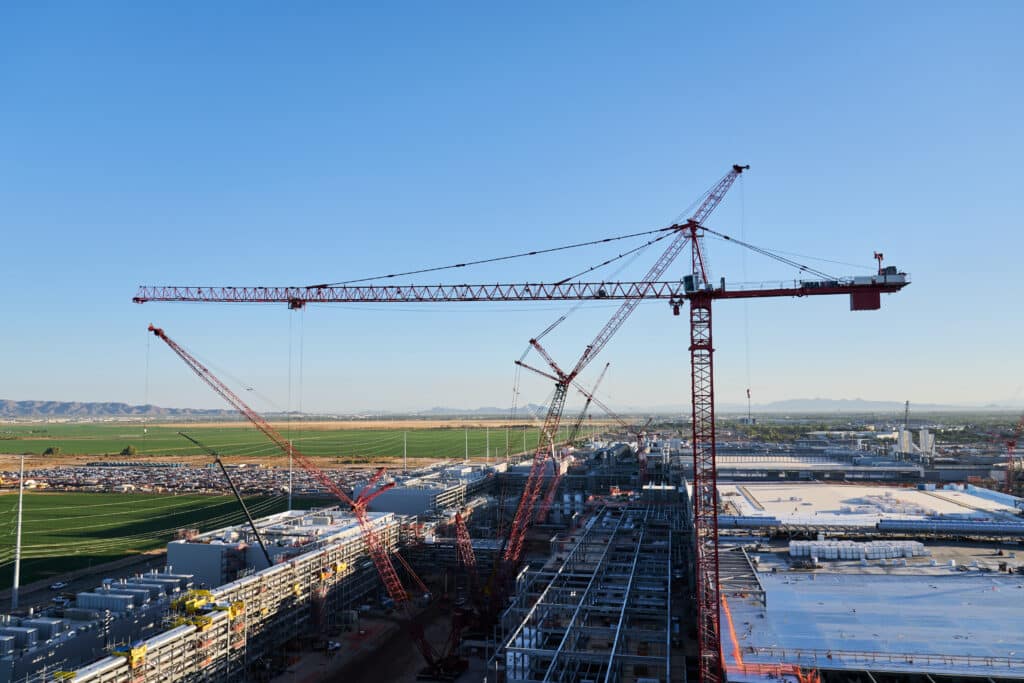
The use of specific crane types such as tower cranes, all-terrain cranes, and crawler cranes in medical facility and hospital construction projects offers unique advantages tailored to the needs of the industry.
Whether it be the vertical construction of tall hospital buildings, maneuverability in various areas, or heavy lifting in restricted spaces—the right choice of crane equipment is vital for a safe and successful hospital construction projects.
Project managers and contractors can rely on these types of cranes to enhance productivity, streamline operations, and help ensure the timely delivery of quality healthcare facilities.
Here’s a closer look at 3 cranes commonly used in the construction of medical facilities and hospitals.
Tower Cranes
Tower cranes are designed to reach great heights, making them perfect for tall hospital buildings with multiple floors. They can easily lift and transport heavy construction materials and equipment to higher levels, ensuring a smooth construction process.
Tower cranes possess exceptional lifting capabilities, typically ranging from 8 to 20 tons or even higher. With this strength, they can handle the heavy loads required for hospital construction, such as steel beams, concrete panels, and prefabricated modules.
Medical facility construction sites often have limited space due to adjacent buildings or geographical limitations. Tower cranes are vertically positioned, minimizing their footprint and allowing the construction crew to make the most out of available space. Additionally, their extended horizontal reach enables them to cover a vast area without interfering with nearby structures.
They also offer versatility in assembly, allowing them to adapt to the specific needs of hospital construction projects. They can be erected in different configurations, including flat-top or luffing jib options, depending on the height and requirements of the building.
Tower cranes are equipped with advanced technology and control systems that enable smooth and precise material handling. They often feature a trolley system that allows horizontal movement of loads, ensuring accurate placement of construction materials. This efficiency reduces construction time and enhances productivity on the job site.
All-Terrain Cranes
All-terrain cranes are versatile pieces of machinery designed to operate on various terrains, making them especially useful in medical facility construction projects. These cranes are equipped with large wheels and strong suspension systems, allowing them to navigate challenging and uneven surfaces with ease. They are typically equipped with both on-road and off-road capabilities, making them highly adaptable for different construction sites.
All-terrain cranes are known for their robust lifting capabilities, making them ideal for medical facility construction. They have an impressive working range and can lift heavy loads to considerable heights. These cranes are equipped with telescopic booms, which can extend to significant lengths to reach higher floors of medical facility structures.
One of the primary advantages of all-terrain cranes is their ability to operate on different types of surfaces. This flexibility ensures smooth navigation on construction sites, even in challenging terrains such as muddy areas, gravel, or rough surfaces. Their versatility saves time and resources by eliminating the need for additional temporary roads or site preparation.
Despite their impressive lifting capacities, all-terrain cranes are designed to be compact and maneuverable. This allows them to access confined spaces within medical facility construction sites, such as narrow roads, tight corners, or areas with limited overhead clearances. Their ability to navigate these restricted spaces reduces the need for additional demolition or alterations, saving time and expenses during the construction process.
Crawler Cranes
Crawler cranes are also known for their exceptional lifting capacity, making them suitable for heavy lifting tasks involved in hospital construction. With the ability to lift loads ranging from 50 to 3,500 tons or more, crawler cranes can handle large-scale hospital infrastructure components such as generators, chillers, and structural steel beams.
Equipped with tracks instead of wheels, crawler cranes offer excellent stability on uneven or soft ground. This stability enables them to lift and transport heavy loads safely, even on challenging terrains. Additionally, their ability to rotate 360 degrees provides increased maneuverability, allowing precise placement of heavy equipment or materials within confined areas.
Crawler cranes are known for their telescopic boom capabilities, allowing them to extend to considerable heights. This flexibility is crucial for hospital construction projects, where precise placement of heavy equipment, HVAC systems, and other components is essential. The versatile boom configurations of crawler cranes provide optimal reach and positioning for a wide range of construction tasks.
Maxim Crane’s Role in Facilitating Successful Medical Construction Projects
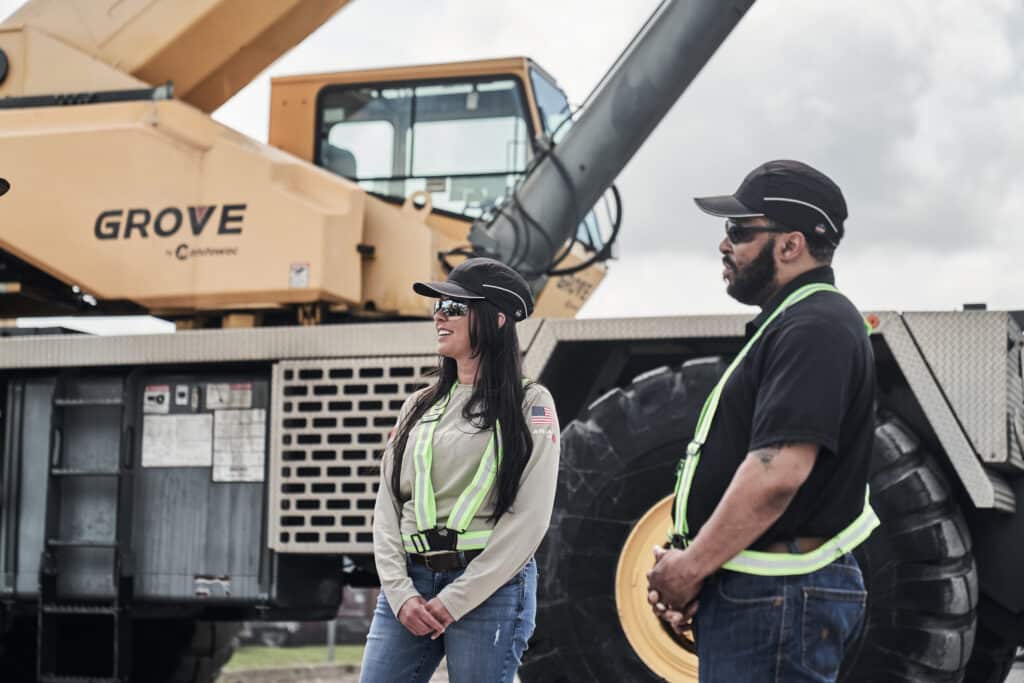
Maxim Crane plays a critical role in successful hospital and medical facility construction projects by offering one of the world’s largest crane inventories. Their rental-ready equipment and expert team cater to the specific needs of each project, ensuring compliance with healthcare regulations.
The knowledgeable professionals at Maxim Crane possess a high level of expertise in navigating the intricate demands of medical construction sites. They understand the importance of adhering to stringent healthcare regulations and work diligently to provide lifting solutions that adhere to these critical standards.
To get started, reach out to Maxim Crane, outline your project details, and schedule a consultation for tailored solutions.


